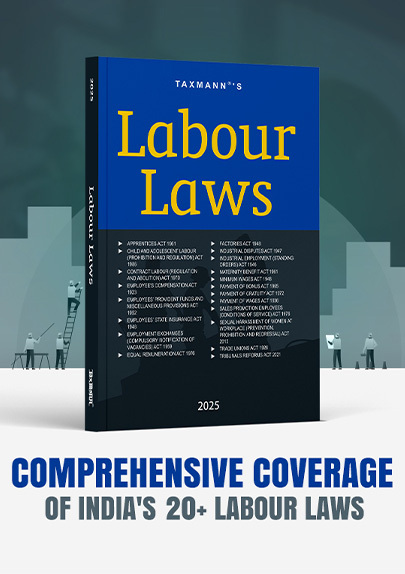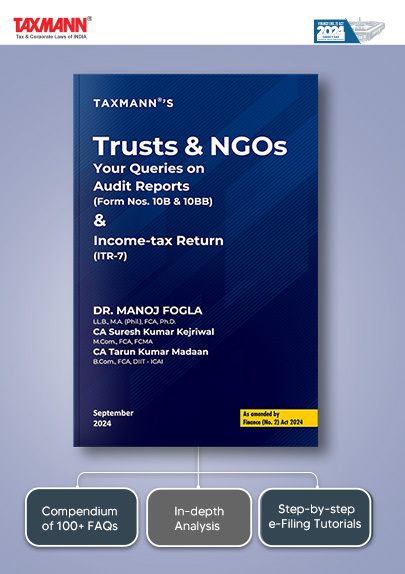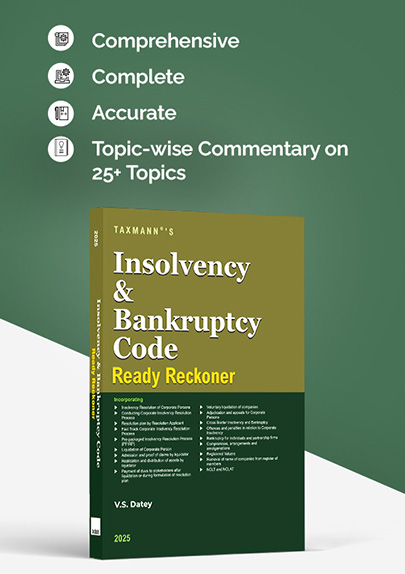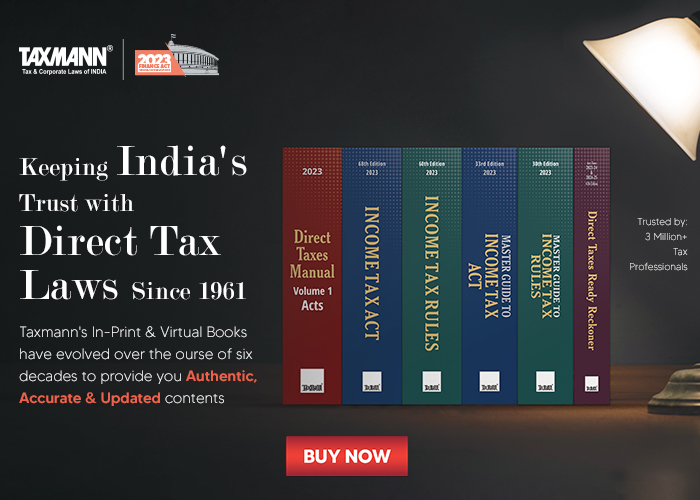New CBDT Circular Lacks Exception Clause for Filing Appeals Below Monetary Limits | HC
- Blog|News|Income Tax|
- 2 Min Read
- By Taxmann
- |
- Last Updated on 16 December, 2024
Case Details: Dr. Dipankar Banerjee vs. Commissioner of Income-tax (Appeals) - [2024] 169 taxmann.com 275 (Madhya Pradesh)
Judiciary and Counsel Details
- Sushrut Arvind Dharmadhikari & Smt. Anuradha Shukla, JJ.
-
Ms Uma Parashar, Adv. for the Appellant.
-
Siddharth Sharma, Sr. Standing Counsel & Subham Manchani, Adv. for the Respondent.
Facts of the Case
The assessee was an individual working as a gynaecologist and a specialist in fertility medication. He ran a fertility clinic along with his wife. The assessment under section 147, read with section 143(3), was done, and an addition for the relevant assessment year was made by the Assessment Officer (AO).
On appeal, the CIT(A) partly allowed the appeal. The Department challenged the said order by filing appeals before the Tribunal, which were dismissed on the grounds of maintainability reasons for the tax effect being less than Rs. 50 lakhs in appeals in the light of Circular No. 17/2019, dated 8-8-2019, issued by CBDT.
Thereafter, the department filed a Miscellaneous Appeal stating therein that the Tribunal had erred in dismissing the appeal filed by the department without going into the merits of the case and appeal was maintainable being covered under exceptional clause 10(c) given in Circular dated 8-8-2019 regarding acceptance of audit objection.
The Tribunal recalled its earlier order and restored the appeal to hear on merits. The matter then reached before the Madhya Pradesh High Court.
High Court Held
The High Court held that the only controversy involved in the case was whether the appeals filed before the Tribunal would be entertainable under clause 10(c) of Circular No. 17/2019, dated 8-8 2019, issued by the CBDT.
On perusal of the circular dated 15-3-2024, which was later on, amended by Circular No. 09/2024, vide order dated 17-9-2024 issued by CBDT supersedes the circular dated 11-7-2018 and 8-8-2019, it was seen that it did not provide exception clause wherein the appeal can be filed notwithstanding that the tax effect entailed was less than the monetary limits under the exception given.
Accordingly, the issue involved was no longer res integra, and an Income Tax Appeal stand was allowed, considering the non-existence of an exception clause and monitory limit as per Circulars dated 15-3-2024 read with Circular dated 17-9-2024. Thus, the order passed by the Tribunal was set aside.
Disclaimer: The content/information published on the website is only for general information of the user and shall not be construed as legal advice. While the Taxmann has exercised reasonable efforts to ensure the veracity of information/content published, Taxmann shall be under no liability in any manner whatsoever for incorrect information, if any.

Taxmann Publications has a dedicated in-house Research & Editorial Team. This team consists of a team of Chartered Accountants, Company Secretaries, and Lawyers. This team works under the guidance and supervision of editor-in-chief Mr Rakesh Bhargava.
The Research and Editorial Team is responsible for developing reliable and accurate content for the readers. The team follows the six-sigma approach to achieve the benchmark of zero error in its publications and research platforms. The team ensures that the following publication guidelines are thoroughly followed while developing the content:
- The statutory material is obtained only from the authorized and reliable sources
- All the latest developments in the judicial and legislative fields are covered
- Prepare the analytical write-ups on current, controversial, and important issues to help the readers to understand the concept and its implications
- Every content published by Taxmann is complete, accurate and lucid
- All evidence-based statements are supported with proper reference to Section, Circular No., Notification No. or citations
- The golden rules of grammar, style and consistency are thoroughly followed
- Font and size that’s easy to read and remain consistent across all imprint and digital publications are applied






 CA | CS | CMA
CA | CS | CMA


